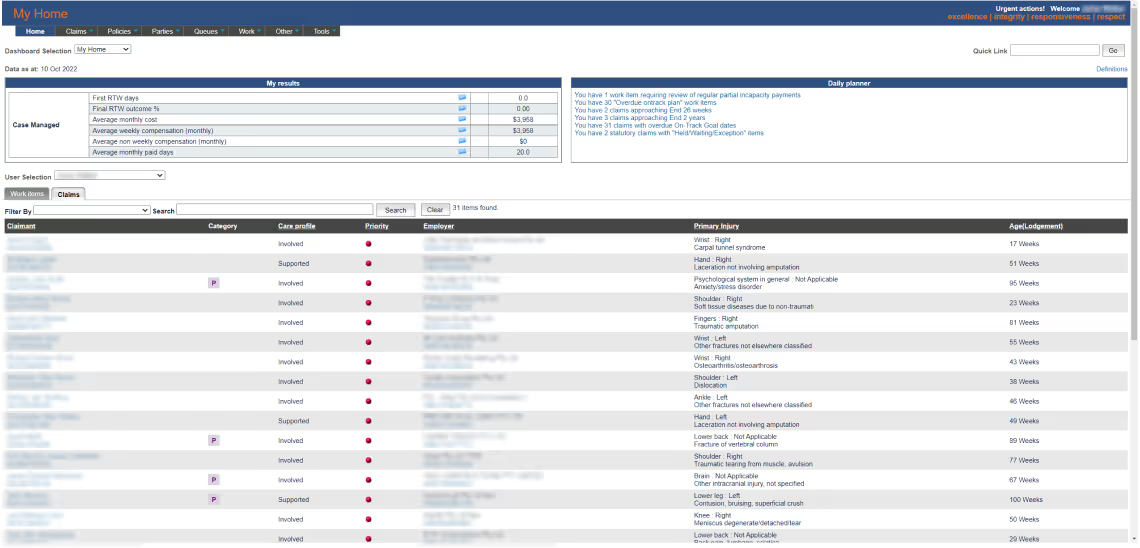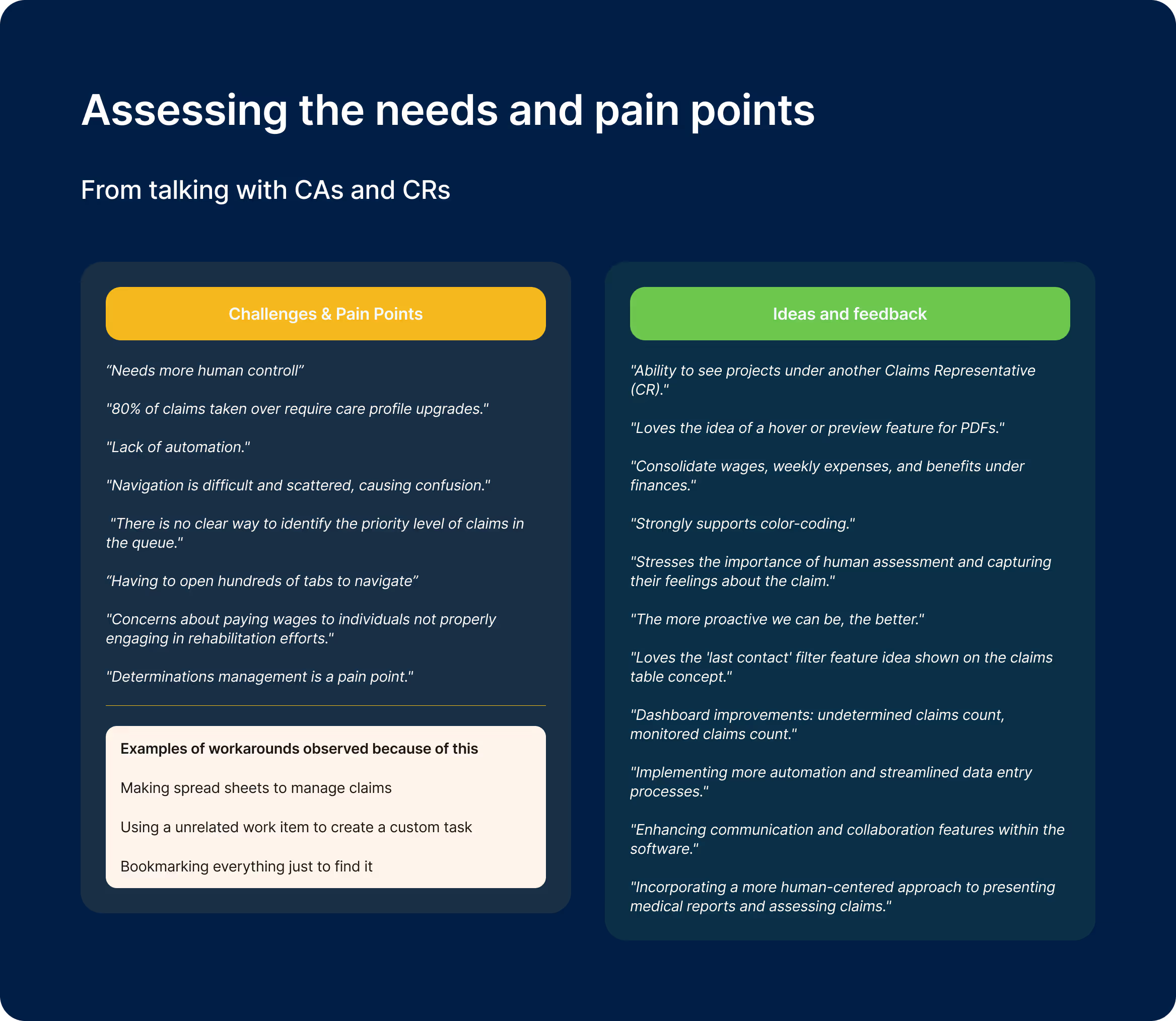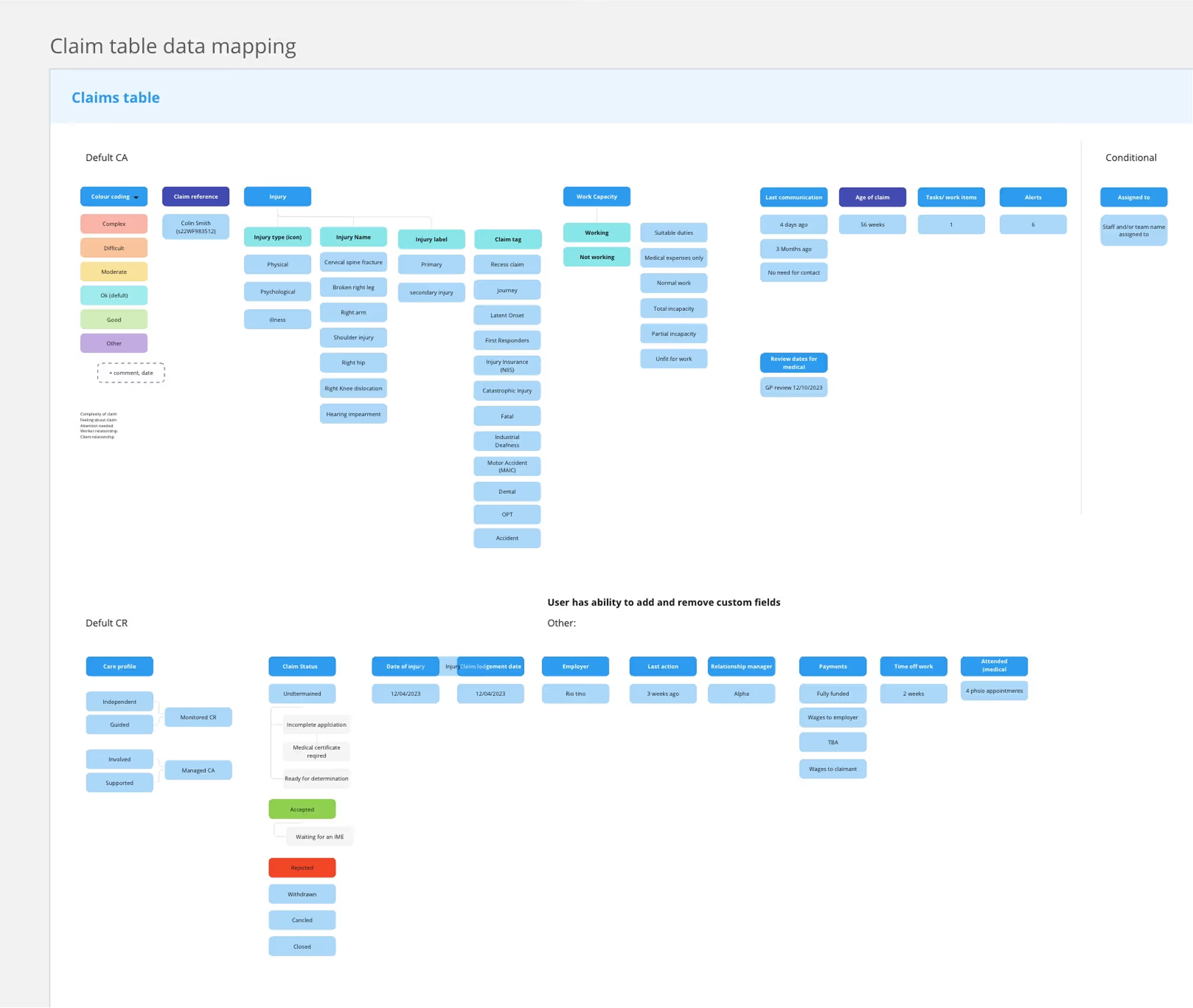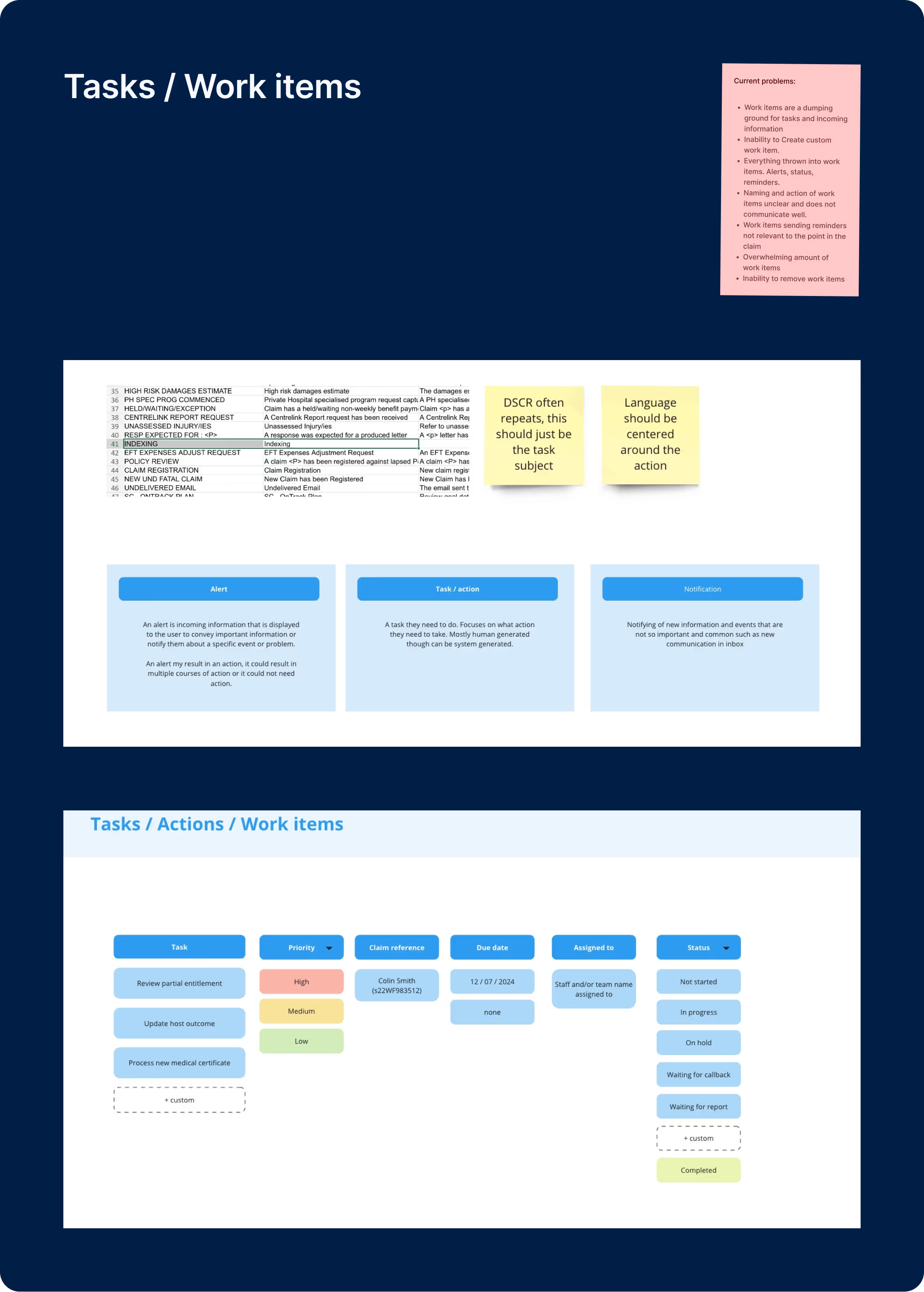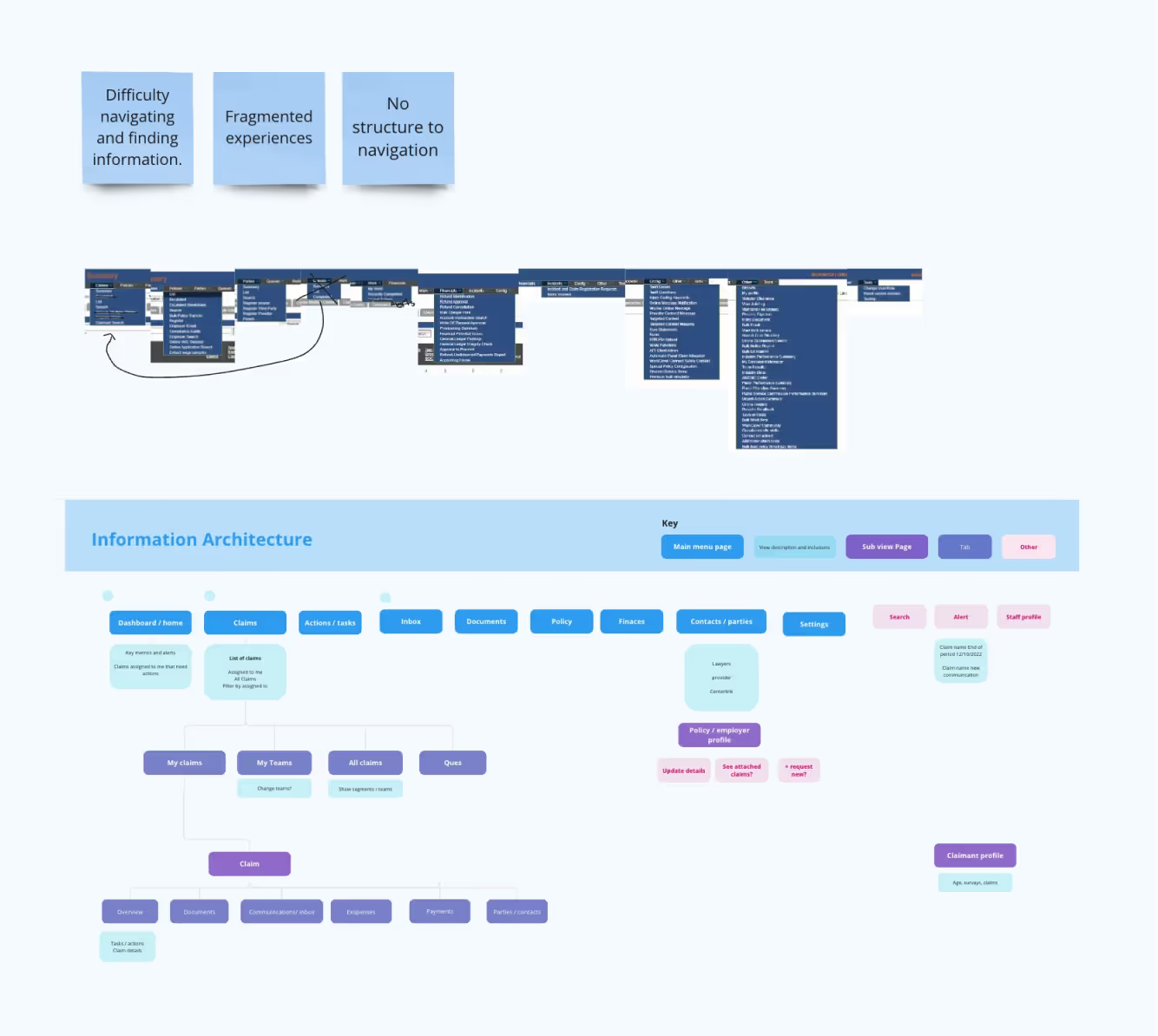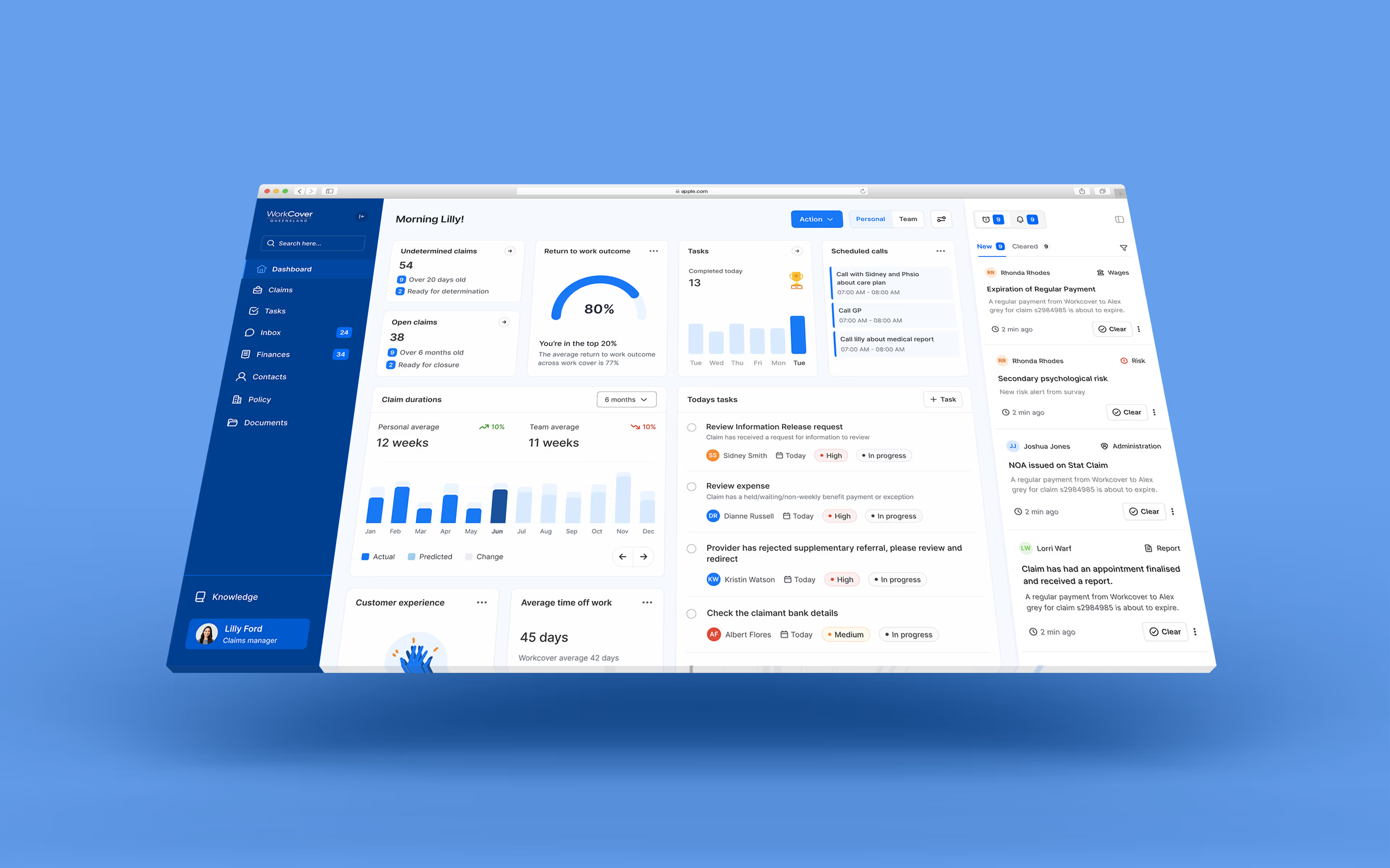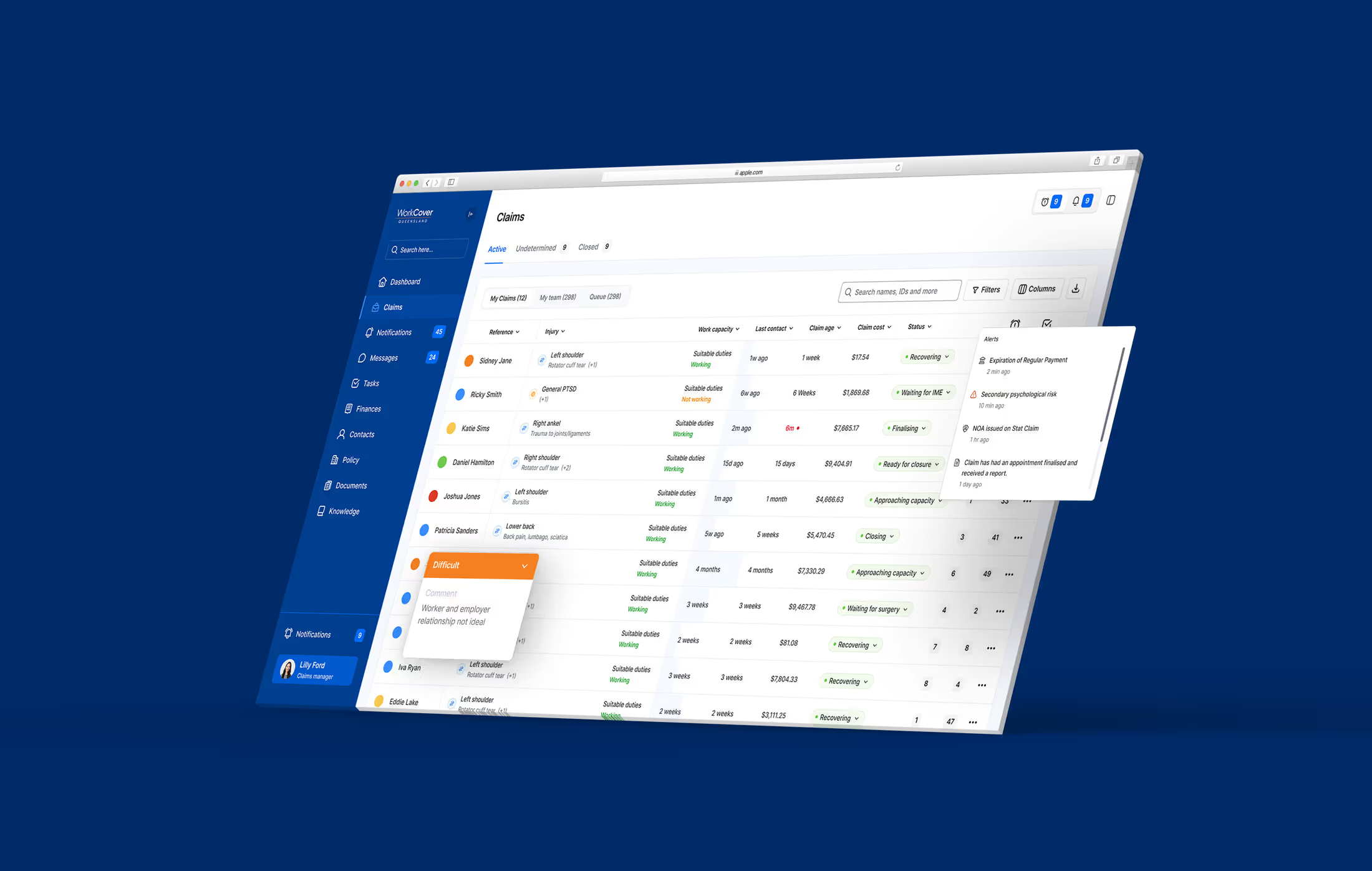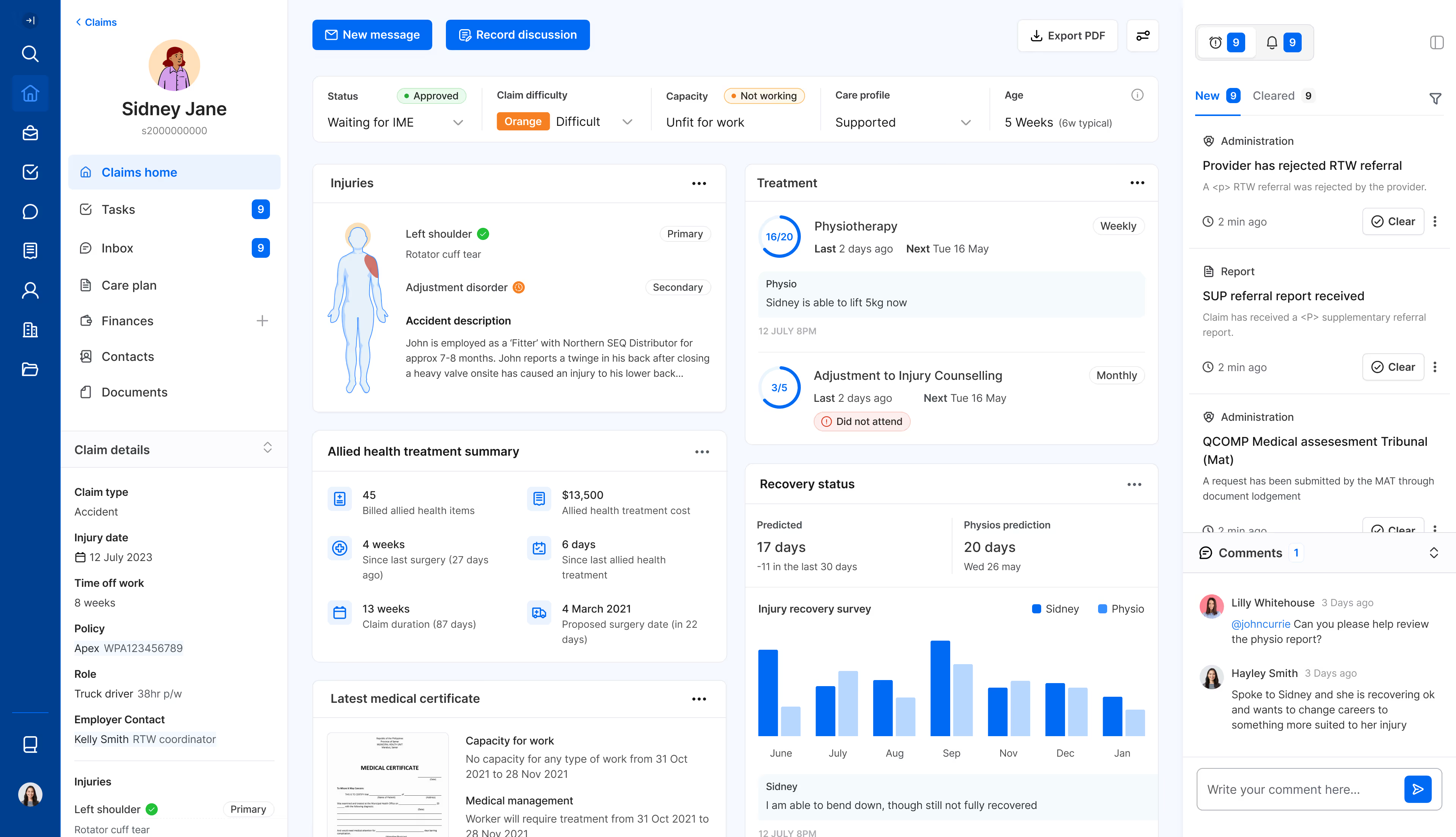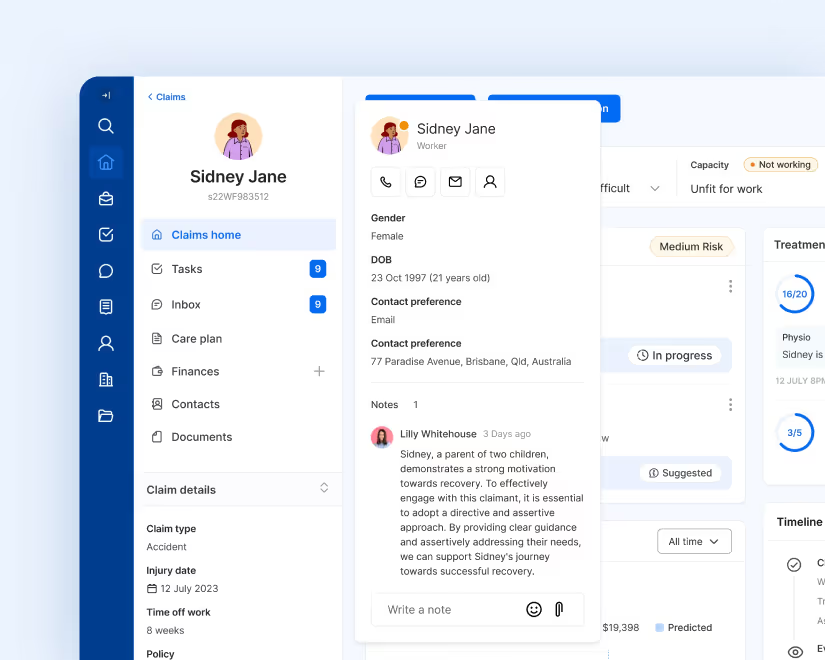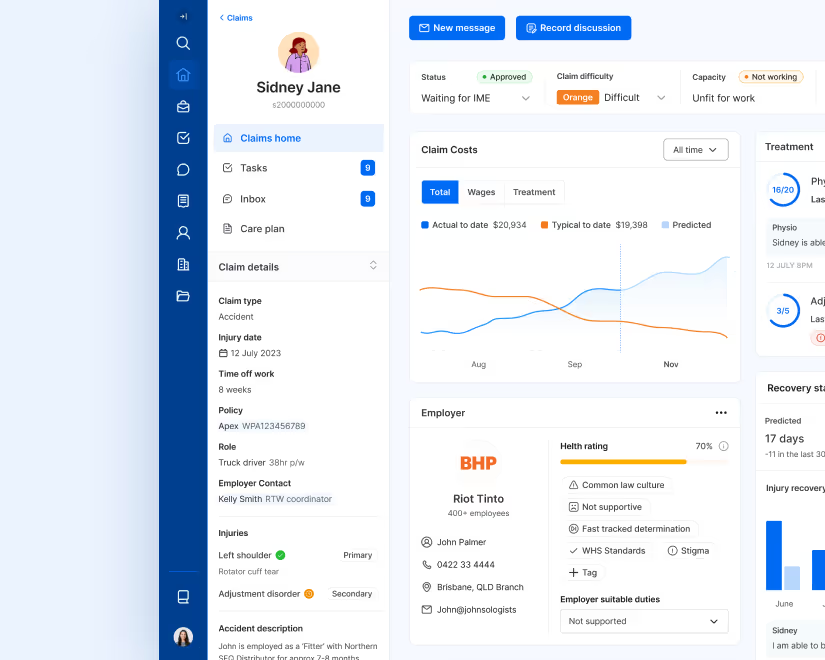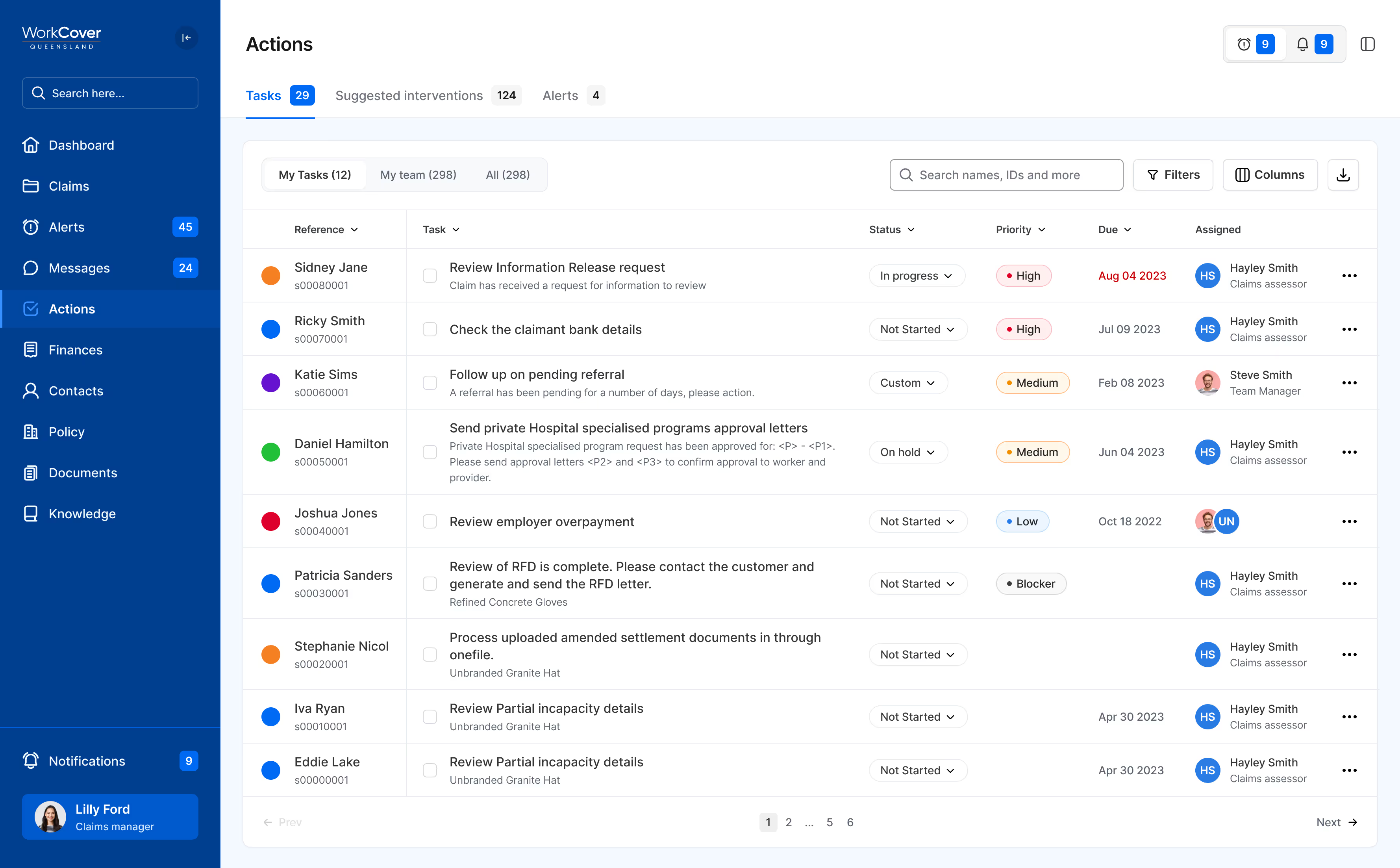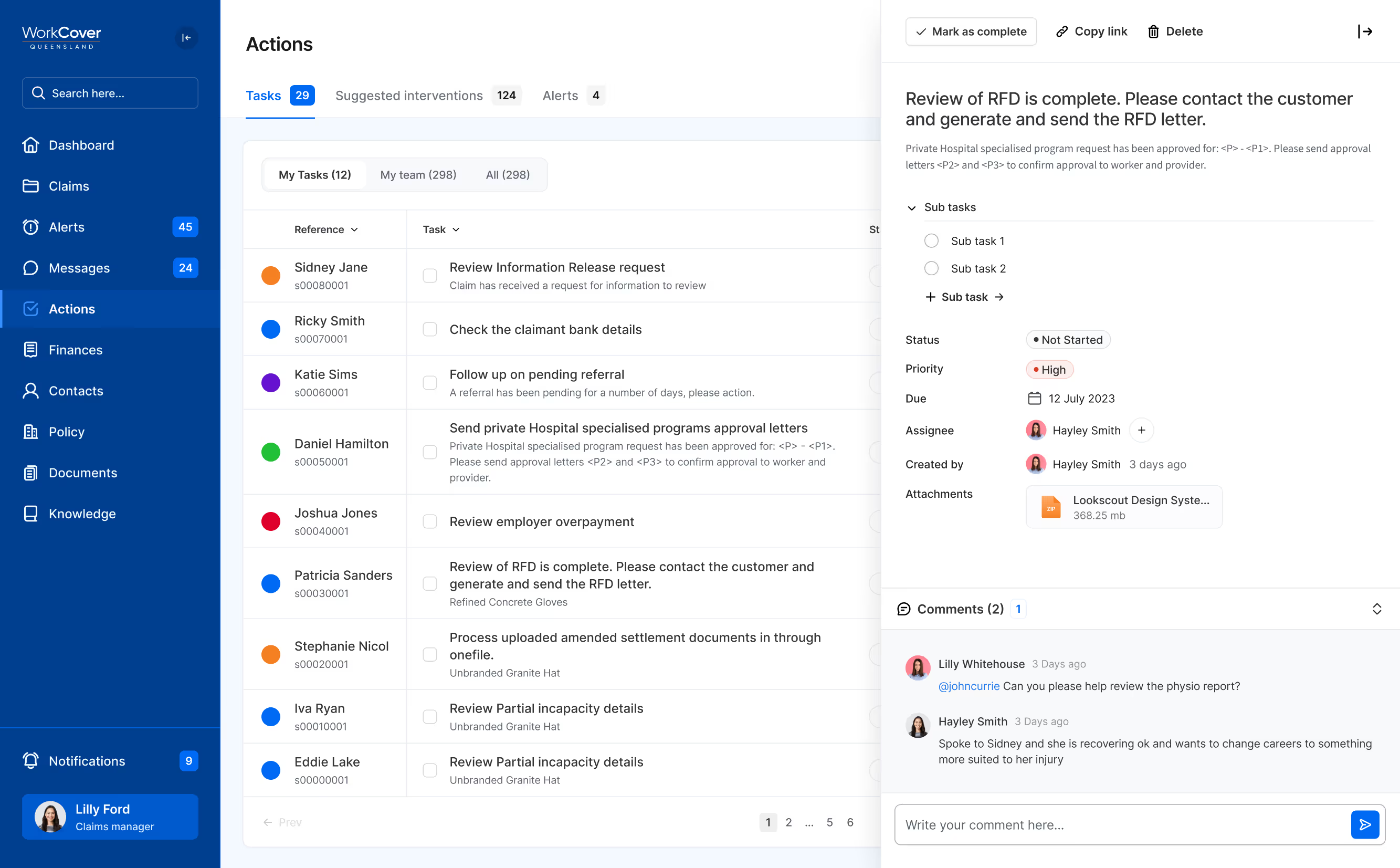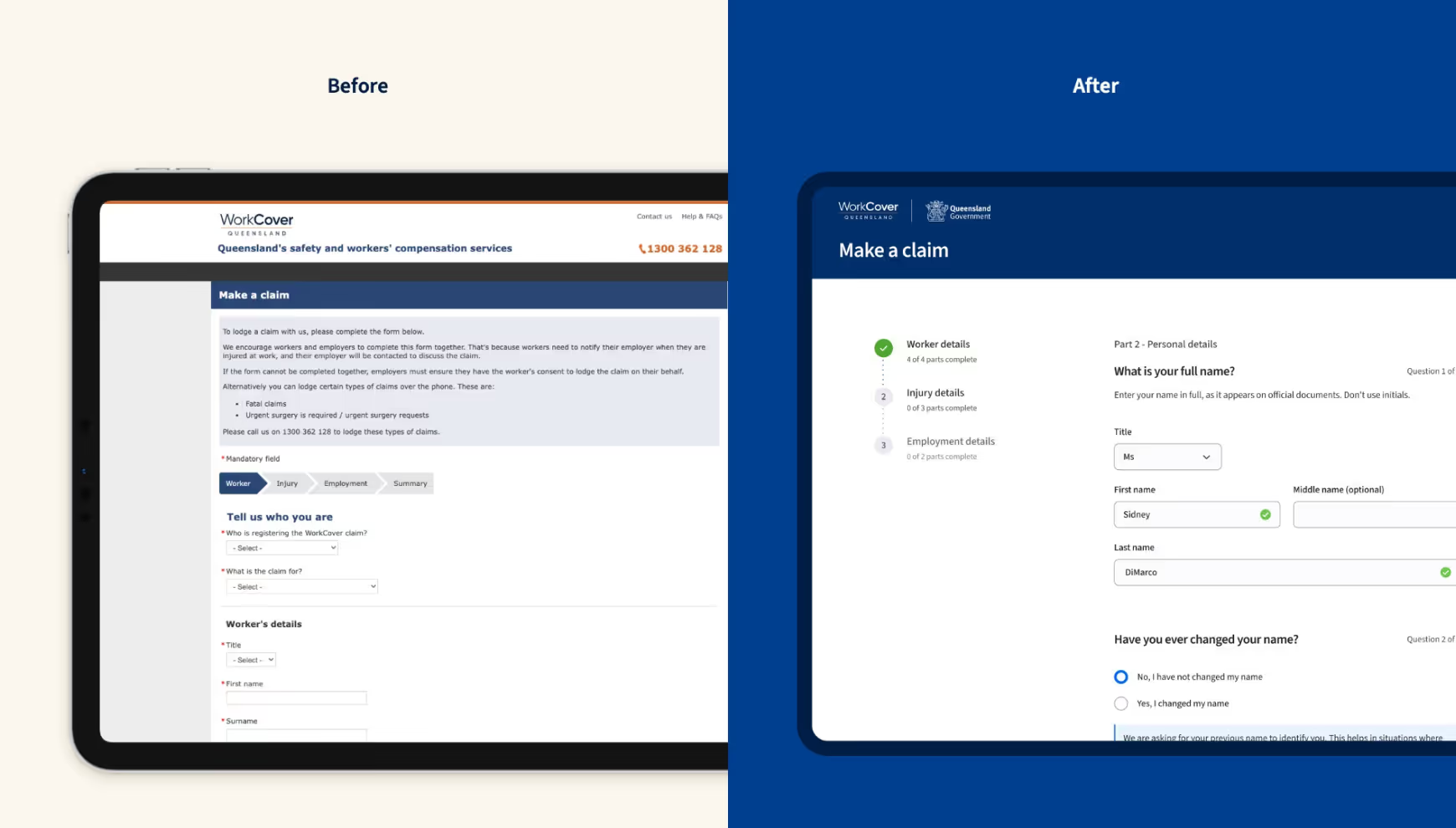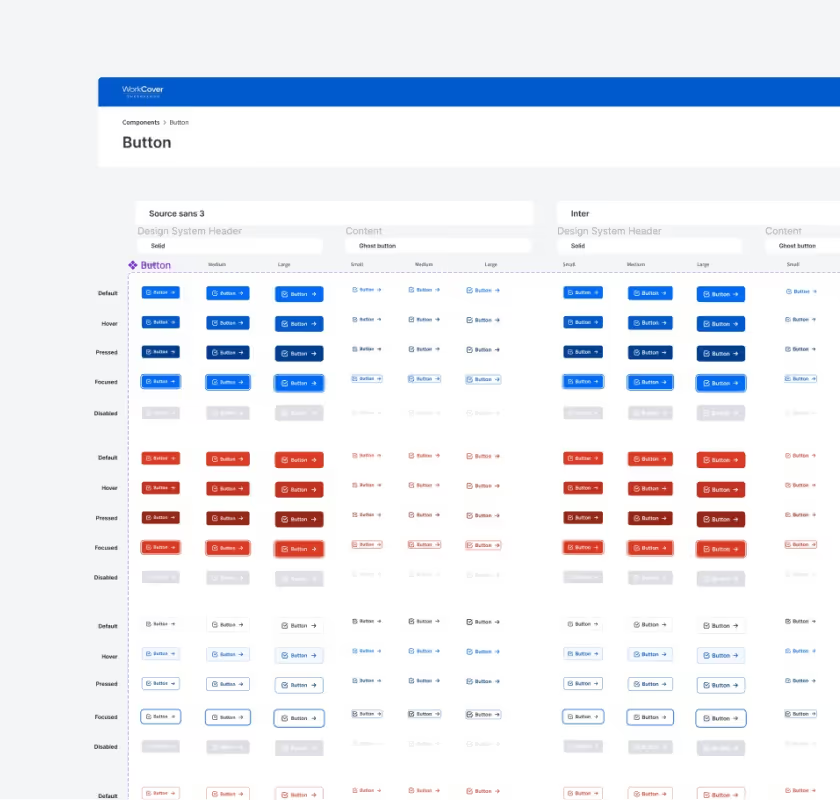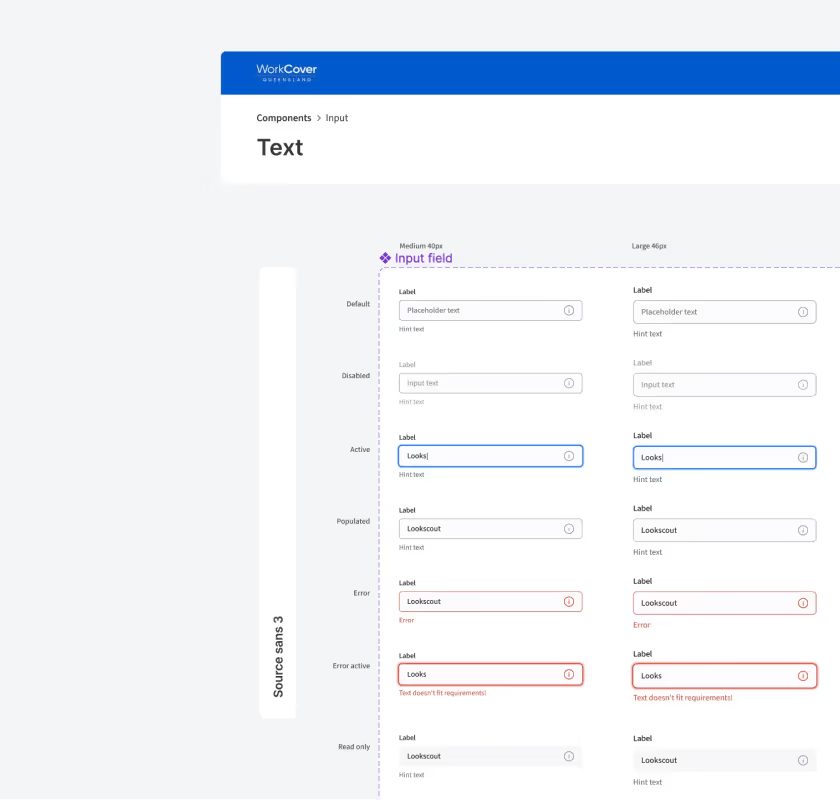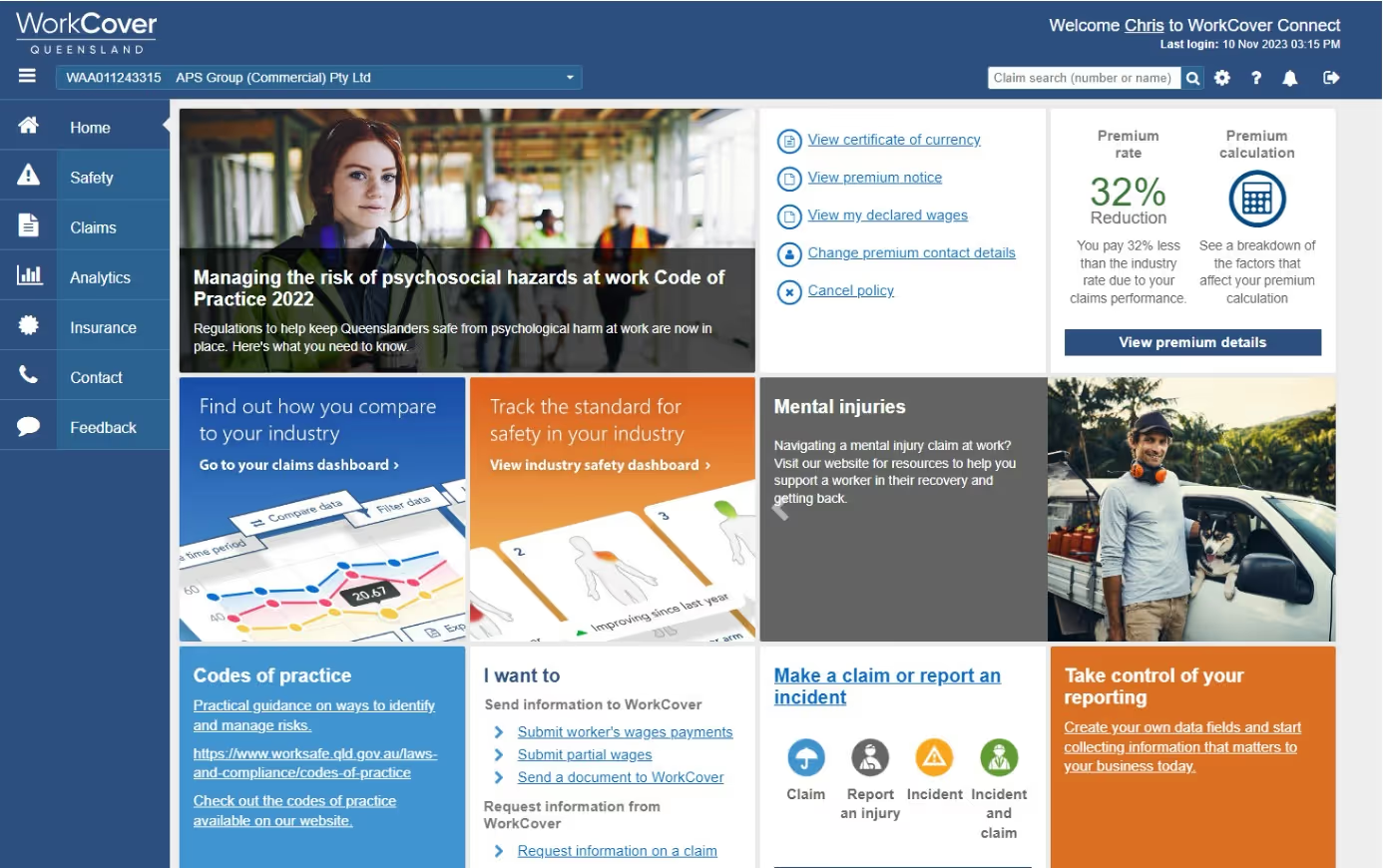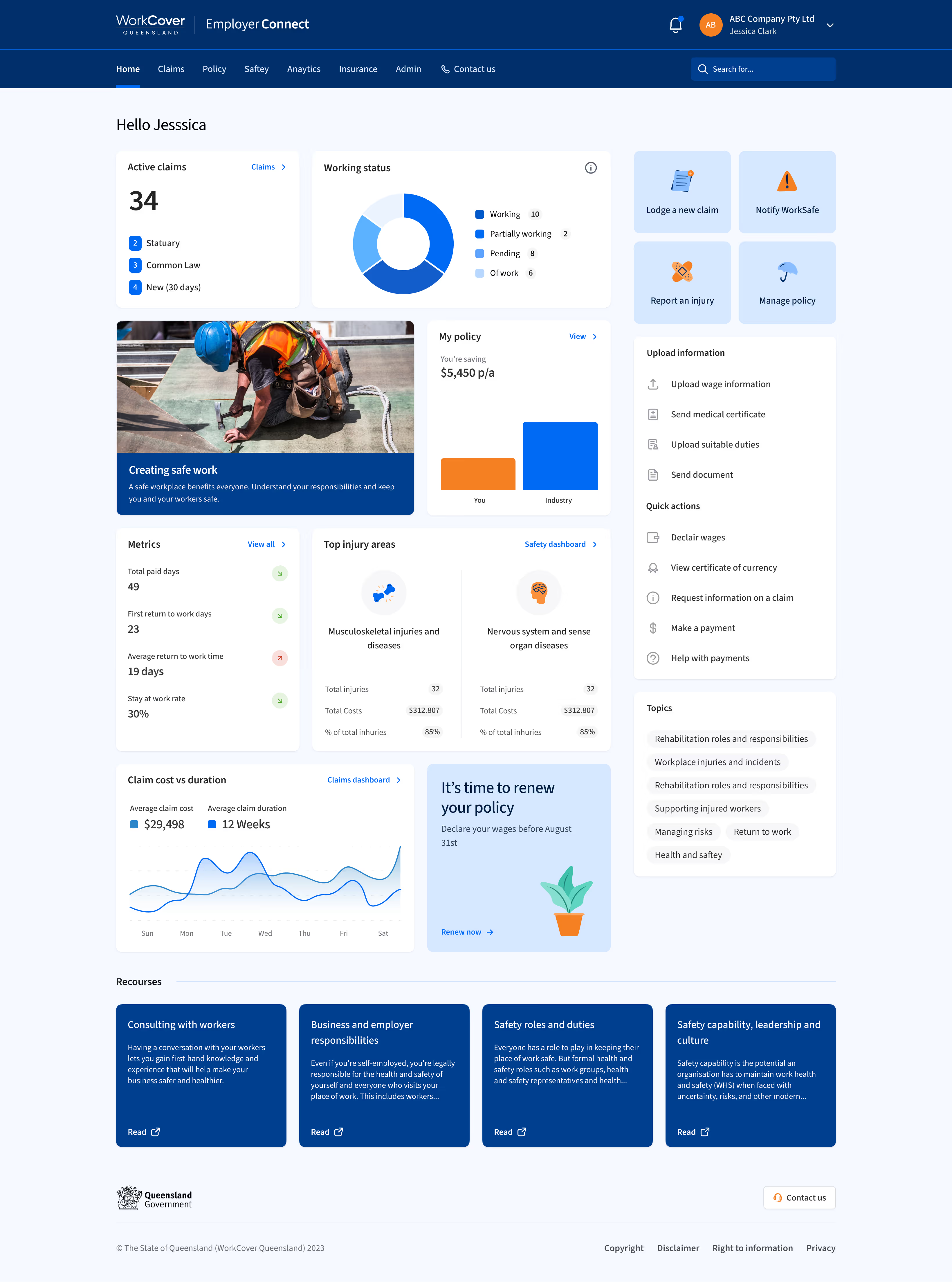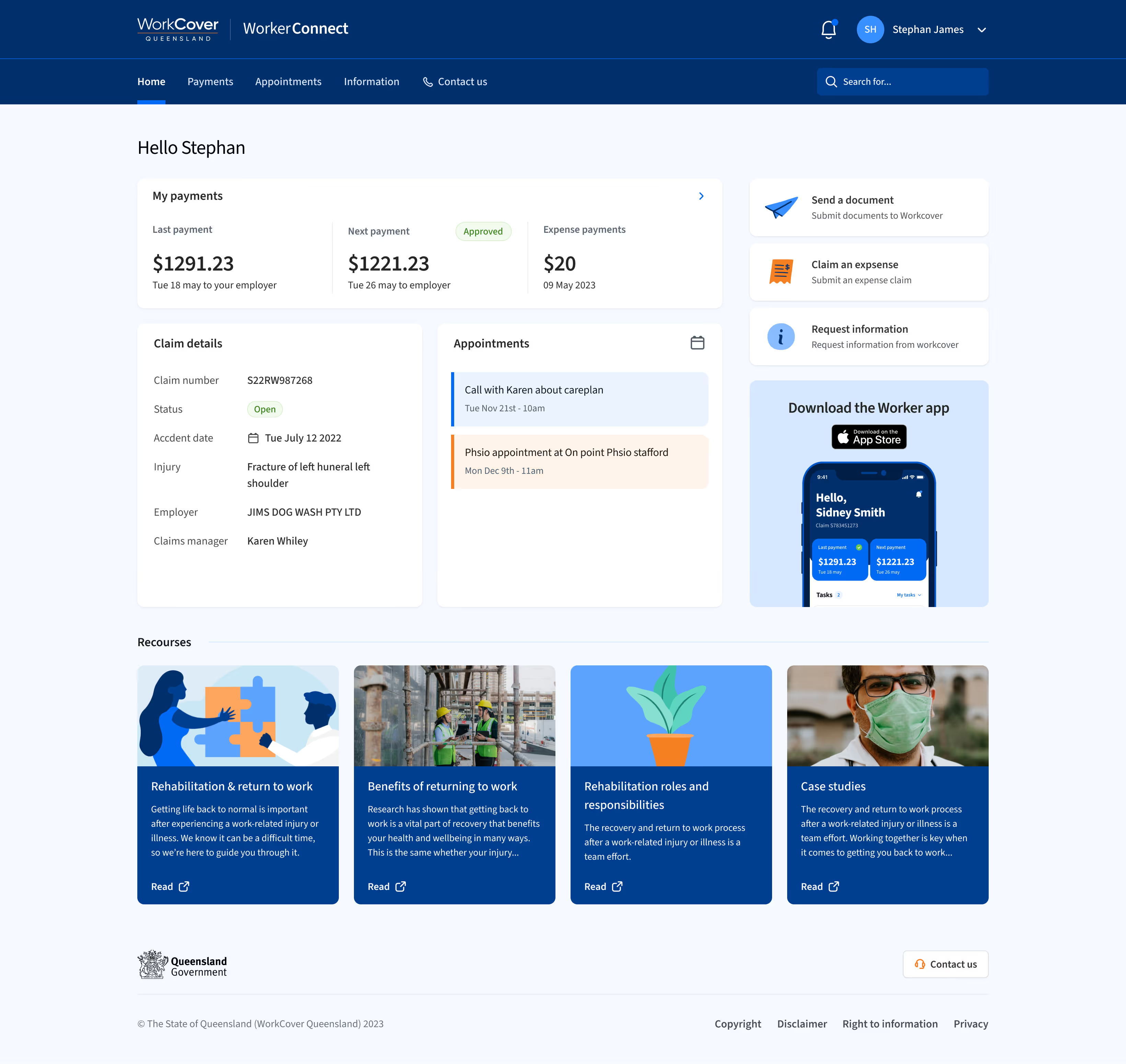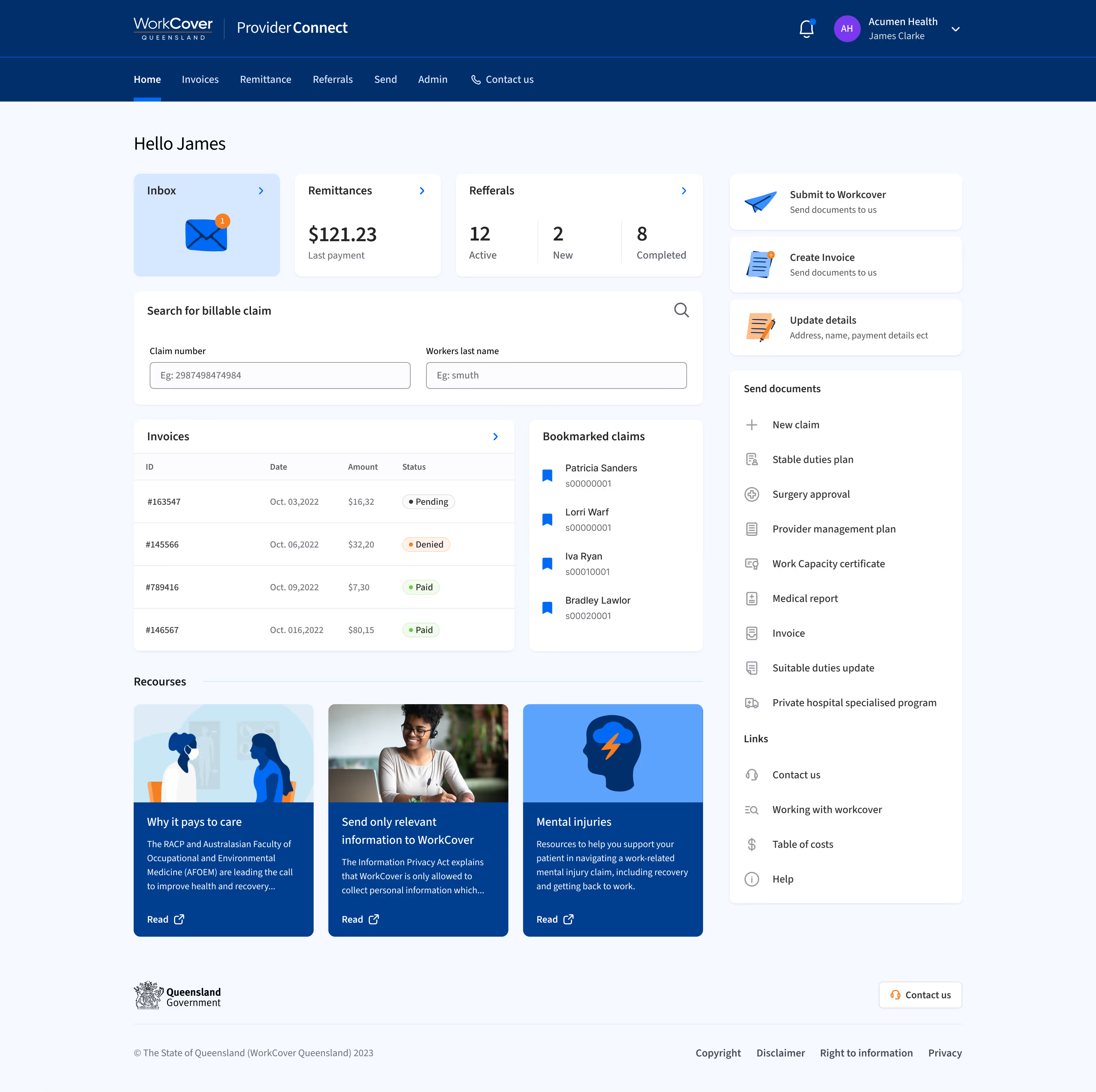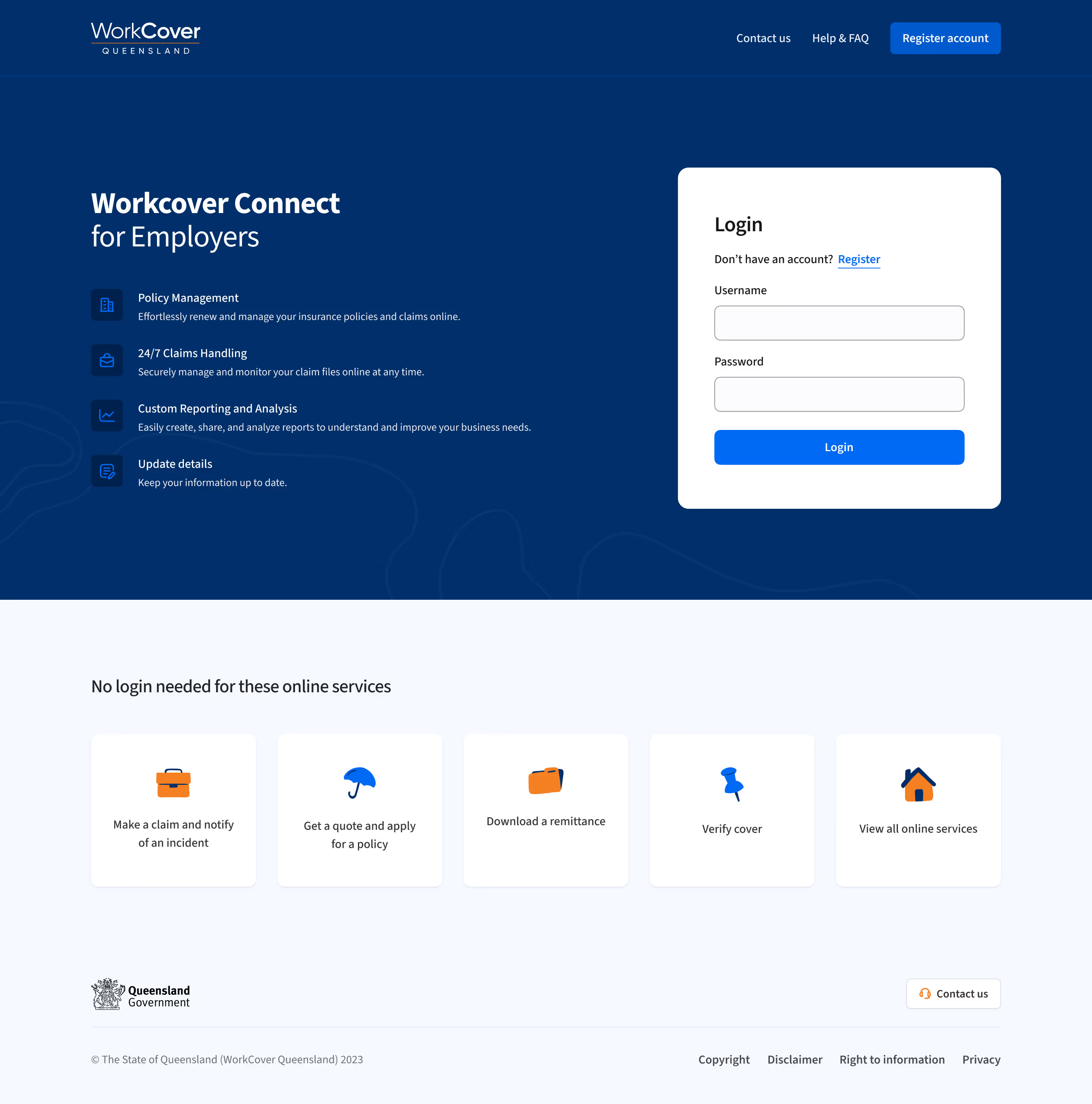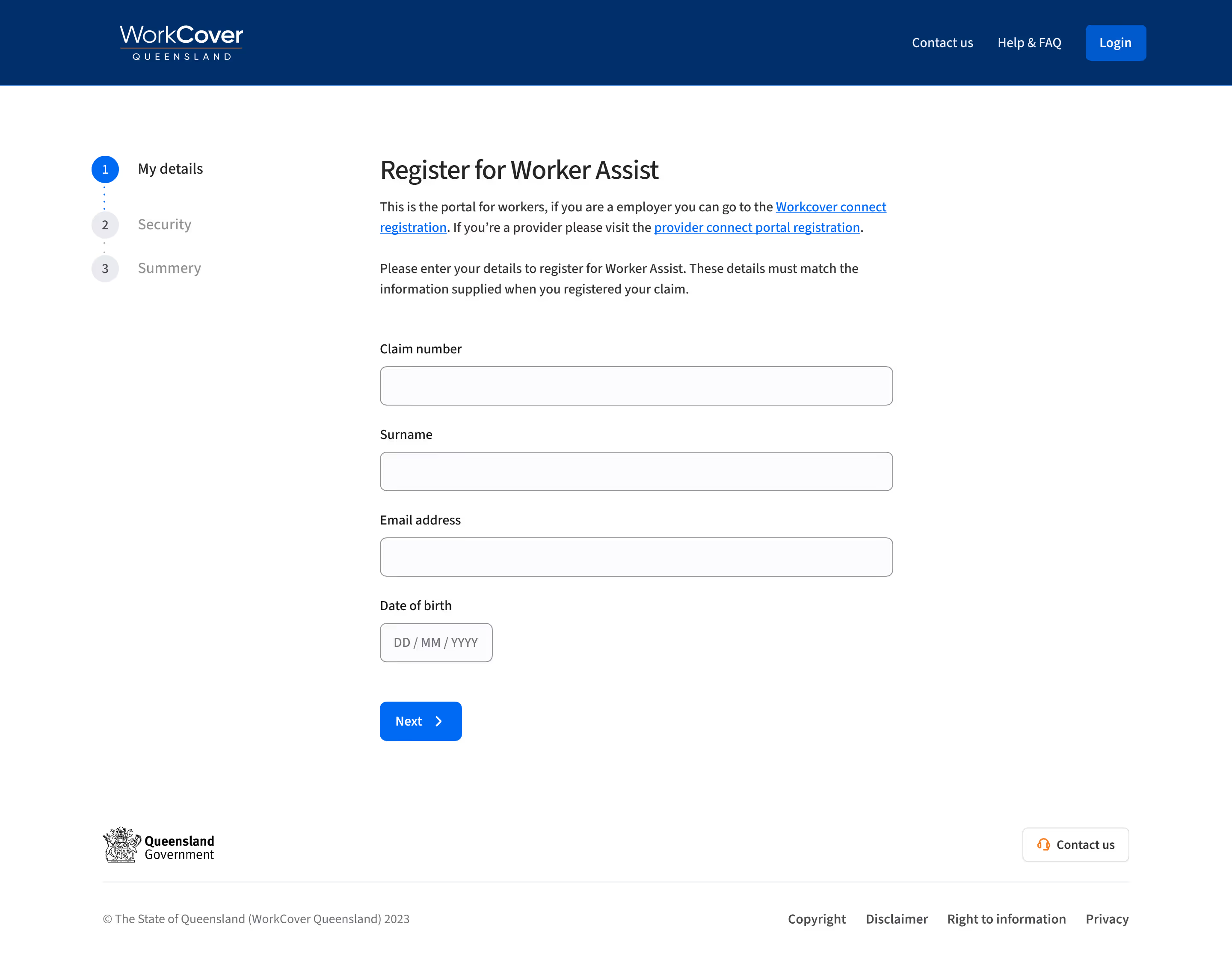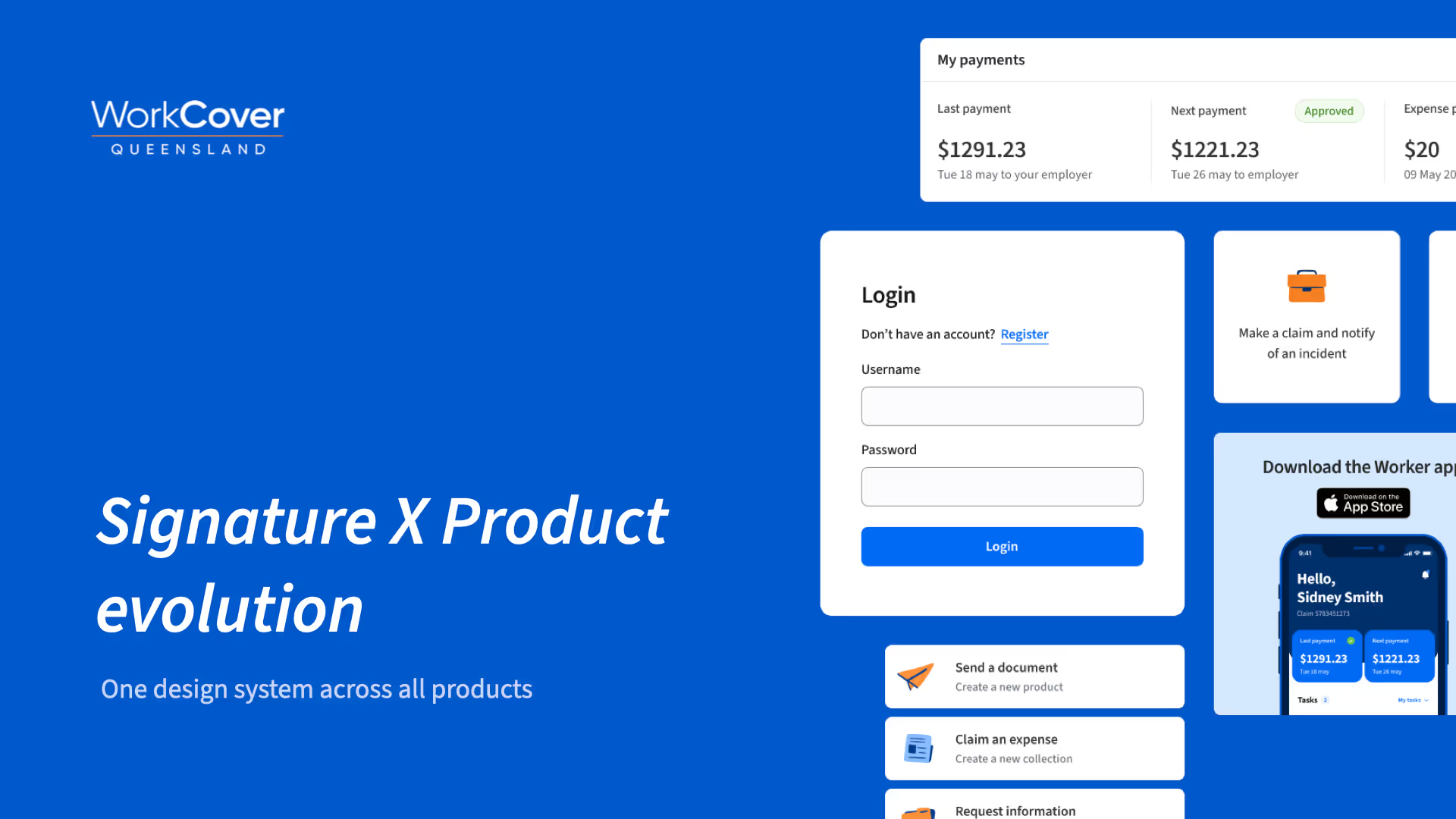Through workshops with claims managers and staff, I identified a strong need for greater control and visibility when managing claims. Users wanted a way to quickly spot which claims required attention, but existing tools lacked flexibility and clarity.
I designed a dynamic, filterable table view with advanced sorting and filtering options. Each column was directly informed by user research and workshops — from need level, tasks, and alerts, through to review timelines, health cost patterns, and claimant status. Users could sort and combine filters in ways that allowed them to prioritise action, for example:
- Identifying open claims that hadn’t been reviewed in a long time
- Spotting claims with unusually high health costs
- Highlighting cases with a high number of alerts or tasks
By giving users this level of control, the table became a powerful “command centre” for claims management. It balanced business needs for efficiency and oversight with user needs for clarity and actionable insight — ultimately enabling faster, more informed decision-making.


